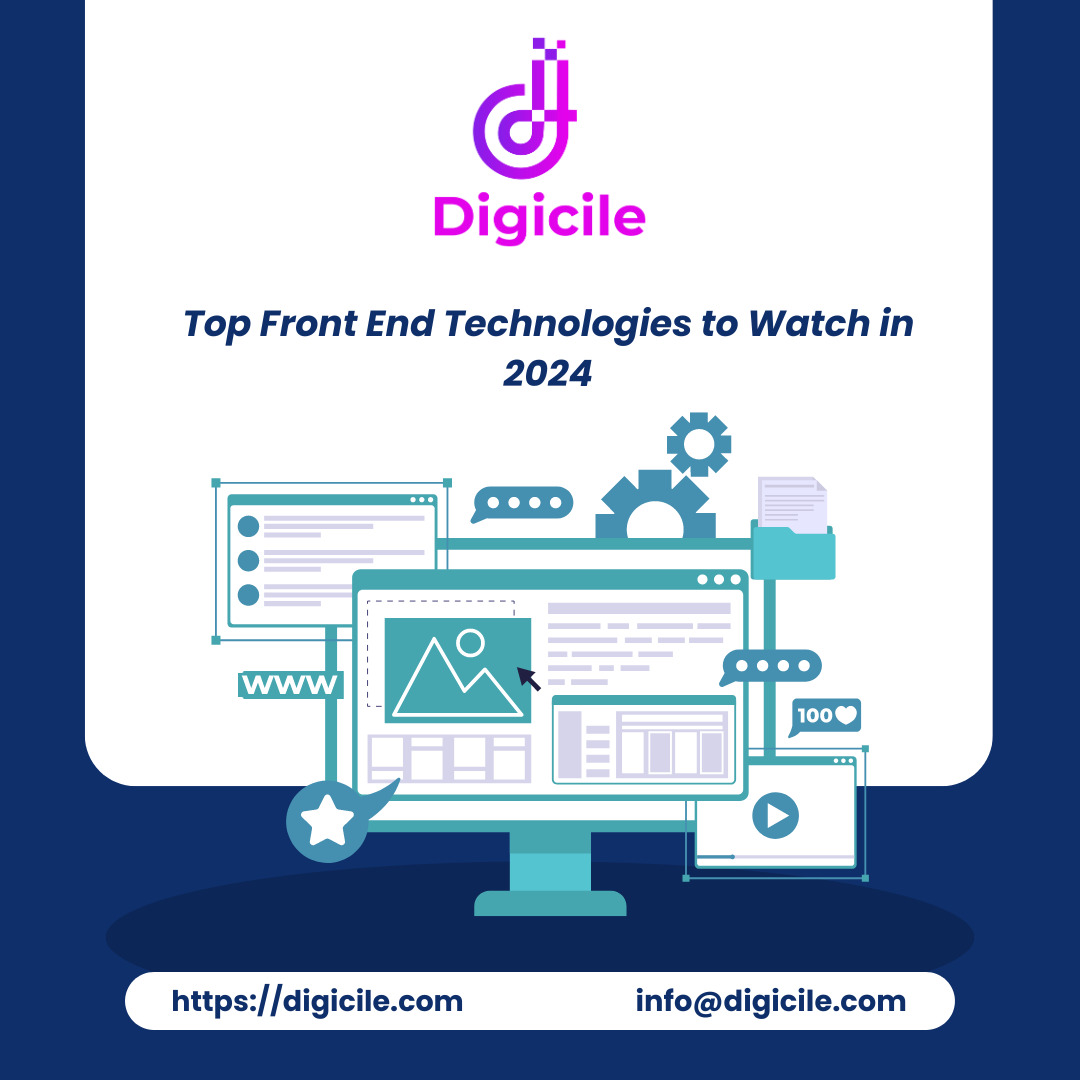The landscape of front-end development is constantly evolving, with new tools and technologies emerging to make web development more efficient and effective. As we move into 2024, it’s crucial for developers to stay updated with the latest trends and technologies to remain competitive. Here are the top front-end technologies to watch in 2024.
1. React 18
React has been a dominant player in the front-end world for several years, and its latest version, React 18, is set to bring even more powerful features and improvements. Key enhancements include:
- Concurrent Rendering: Allows React to prepare multiple versions of the UI simultaneously, improving the user experience by making applications more responsive.
- Automatic Batching: Reduces the number of renders and improves performance by automatically batching state updates.
- Suspense for Data Fetching: Simplifies data fetching by allowing components to wait for data before rendering.
2. Angular 13
Angular, developed and maintained by Google, continues to be a robust framework for building large-scale applications. Angular 13 brings several new features and improvements, such as:
- Improved Performance: Enhancements to the Ivy compiler and runtime, resulting in faster builds and smaller bundle sizes.
- Simplified API for Dynamic Component Creation: Makes it easier to create dynamic components.
- Enhanced Support for TypeScript 4.5: Offers better type-checking and error reporting.
3. Vue.js 3
Vue.js has gained significant popularity due to its simplicity and flexibility. Vue 3 introduces several new features and improvements:
- Composition API: Offers a more flexible and modular way to write components, making code easier to manage and reuse.
- Improved Performance: Optimizations in the reactivity system and compiler, resulting in faster applications.
- Tree-Shaking Support: Allows for smaller bundle sizes by only including the parts of the framework that are used in the application.
4. SvelteKit
SvelteKit is an up-and-coming framework that takes a different approach to building web applications. Unlike traditional frameworks, Svelte compiles components at build time, resulting in highly efficient and performant applications. Key features include:
- Server-Side Rendering (SSR): Provides better performance and SEO by rendering pages on the server.
- File-Based Routing: Simplifies the process of defining routes in the application.
- Static Site Generation (SSG): Allows developers to generate static sites with ease.
5. Tailwind CSS
Tailwind CSS is a utility-first CSS framework that has been gaining traction for its ability to speed up the styling process. It offers:
- Utility-First Approach: Allows developers to style their components directly in their markup using utility classes.
- Customization: Provides a highly customizable configuration to match the design system of any project.
- Responsive Design: Built-in responsive utilities make it easy to create responsive layouts.
6. WebAssembly
WebAssembly (Wasm) is a binary instruction format that allows developers to run code written in multiple languages (such as C, C++, and Rust) on the web. Its key benefits include:
- Performance: Offers near-native performance by executing code directly in the browser.
- Language Flexibility: Enables developers to use languages other than JavaScript for web development.
- Interoperability: Works alongside JavaScript, allowing developers to leverage existing JavaScript libraries and frameworks.
7. Next.js
Next.js is a popular React-based framework for building server-rendered applications. It offers several features that make it an attractive choice for front-end development in 2024:
- Static Site Generation (SSG) and Server-Side Rendering (SSR): Combines the best of both worlds to deliver fast and SEO-friendly applications.
- API Routes: Allows developers to create API endpoints within the same application.
- Incremental Static Regeneration (ISR): Enables pages to be updated incrementally after the build, providing a seamless user experience.
8. Jamstack
Jamstack (JavaScript, APIs, and Markup) is a modern architecture for building fast and secure websites. Key technologies and tools associated with Jamstack include:
- Headless CMS: Allows content to be managed and delivered via APIs, decoupling the content management from the front-end presentation.
- Static Site Generators: Tools like Gatsby, Hugo, and Jekyll enable developers to generate static websites from dynamic content sources.
- Serverless Functions: Provides a scalable way to handle backend logic and APIs without managing server infrastructure.
Conclusion
As we move into 2024, staying updated with the latest front-end technologies is crucial for developers who want to remain competitive and deliver high-quality applications. From powerful frameworks like React, Angular, and Vue.js to innovative tools like SvelteKit, Tailwind CSS, and WebAssembly, the front-end landscape is rich with opportunities for innovation and improvement. By mastering these technologies, developers can build faster, more efficient, and more scalable web applications, ensuring they stay ahead of the curve in the ever-evolving world of web development.






